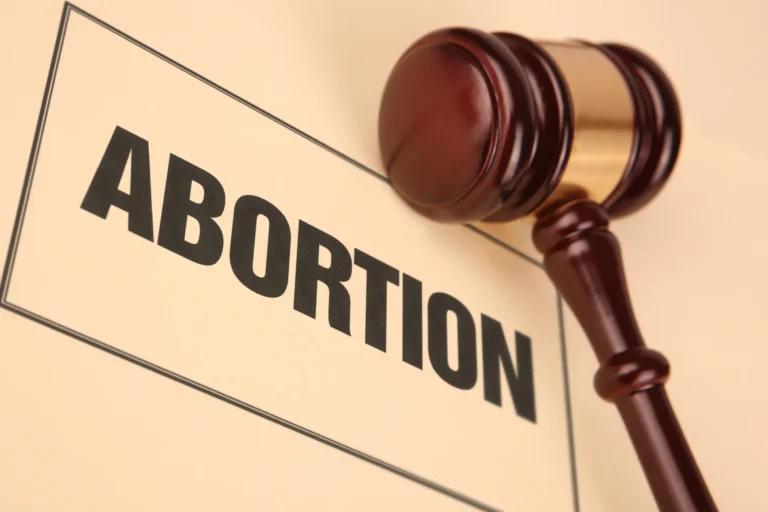July 6, 2004
Volume 6 / Number 23
Dear Colleague:
This Friday, July 9, the House Appropriations Committee of the U.S. House of Representatives will vote on an amendment that would force President Bush to hand over tens of millions of dollars to the United Nations Population Fund (UNFPA). These population controllers help to manage China’s one-child policy, with its attendant abuses of forced abortion and sterilization. The UNFPA should not receive one penny of U.S. funds.
Steven W. Mosher
President
China’s Forced Abortion Machinery Grinds On–UNFPA DisinformationCampaign Continues–US Funding Should Not
Harry Wu, head of the Laogai Research Institute, sent me a summary of a family planning directive recently issued in China. The directive comes from Jieshi, a Guangdong provincial town not far from the area where I did field research in 1979-80, and just a hop, skip, and a jump down the road from a UNFPA “model family planning program” in operation since 1999. I’d like to share it with you.
Jieshi itself is no mean place, having a population of some 200,000, and it abuts the edge of the larger city of Lufeng. I tell you this to let you know that Jieshi is no provincial backwater laboring under the misrule of a petty tyrant, but is part of a larger metropolis in the most modernizing part of China. What is happening there is not the exception, but the rule. The continuing tyranny of the one-child policy is national, not local.
So just what does Directive No. 43 of the Jieshi Party Committee, dated 26 August 2003, say? It announces the beginning of the “Autumn 2003 Planned Births Campaign,” and lays out an incredibly detailed plan–complete with quotas for abortions–for its prosecution. During the 35 days of the campaign, the directive specifies that 818 women must be fitted with IUDs, 1,369 women must be sterilized, and 271 women must be aborted.
Incredibly, the target for abortions is broken down even further, into early- and late-term abortions. The directive demands exactly163 early-term abortions (duo tai) and exactly 108 late-term abortions (yin chan).
Like all such campaigns, the Autumn 2003 Campaign is to be unleashed on the population without warning, so that there is no time for women to flee. The campaign was to begin the same day that the directive was released, and was to run for precisely 35 days, ending on September 30, 2003.
All of the residents of Jieshi are asked to be vigilant and to denounce all “unlawful” pregnancies and births. But, as if admitting that a resentful population will not cooperate with the authorities, the directive put heavy pressure on officials to make sure they achieve their numerical targets. Officials at every level must report numbers of abortions, etc., up the chain of command every five days, and must evaluate the performance of their subordinates every 10 days. Party secretaries and village heads who fail to meet their quotas will have their salaries cut by half, while family planning officials directly in charge of the program will forfeit their entire salary.
Perhaps the most chilling sentence in the entire directive warns officials that “there must be a 100 percent success rate.” This means that every single woman who has been singled out for forced contraception, sterilization, and abortion, must in fact be contracepted, sterilized, and aborted, without exception. No one must be allowed to escape the family planning dragnet.
Jieshi officials are exhorted to “overcome difficulties with creativity, so that the Autumn Campaign can be successfully carried out, and the way prepared for the annual population control plan.” This last is a reference to China’s national system of targets and quotas, which is the driving force behind abuses in Jieshi elsewhere.
What does all this have to do with the UN Population Fund? A lot, as it turns out. In recent years the UNFPA has defended its long-running involvement in the one-child policy on the grounds that China is gradually moving away from forced abortion by quota to a system of fines based on the “social cost” of additional children. They point to the passage of the “Population and Birth Control Law” on 1 September 2002, as evidence of their influence in moderating the more Draconian elements of the program. At present, they are busily assuring everyone that, as The New York Times puts it, that the Chinese government is merely “taxing parents who have more than one child.”[1]
The example of Jieshi suggests the new law is little more than windowdressing, designed to placate China’s (and the UNFPA’s) foreign critics. The reality is that those who become pregnant outside the national plan are still rounded up and aborted, and that those who manage to have two children are rounded up and sterilized, and that newlywed women are forced to wear IUDs until the state decides that it is time for them to have their child. This is the way things have been done in China for the past 25 years. It is the way things are done still.
The UNFPA smoothly suggests that it has detected in China a “shift from an administrative family planning approach to an integrated, client-oriented reproductive health approach.” Tell that to the 271 women of Jieshi who were forcibly aborted a few months ago.
The House of Representatives should tell the UNFPA to take a hike.
Endnotes
[1] Christopher Marquis, “U.S. is accused of trying to isolate U.N. population unit,” TheNew York Times, p. A3.
n.b. The Times, in the same article, called Population Research Institute the “group leading the fight against the fund.” On that point, at least, they were not mistaken.








